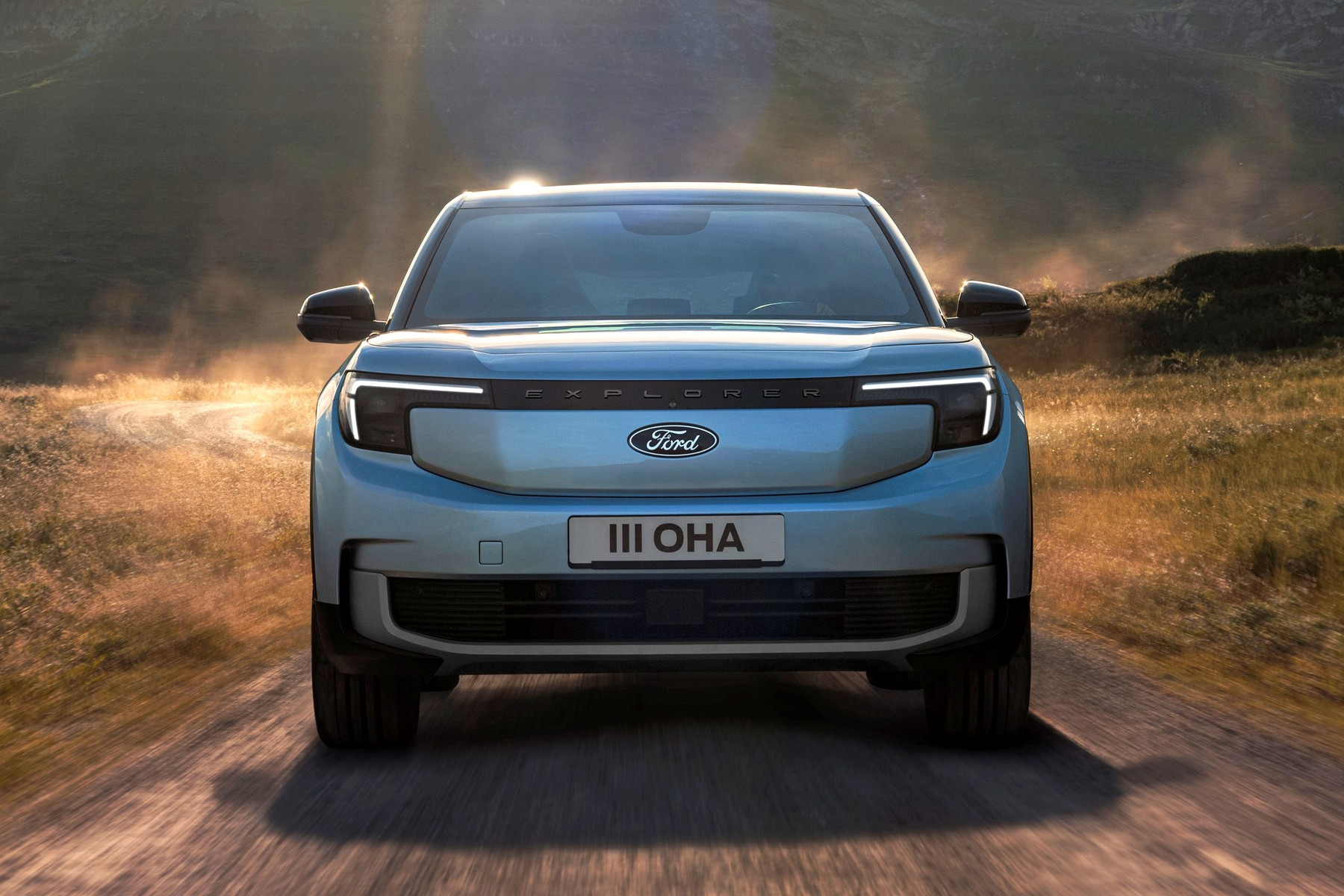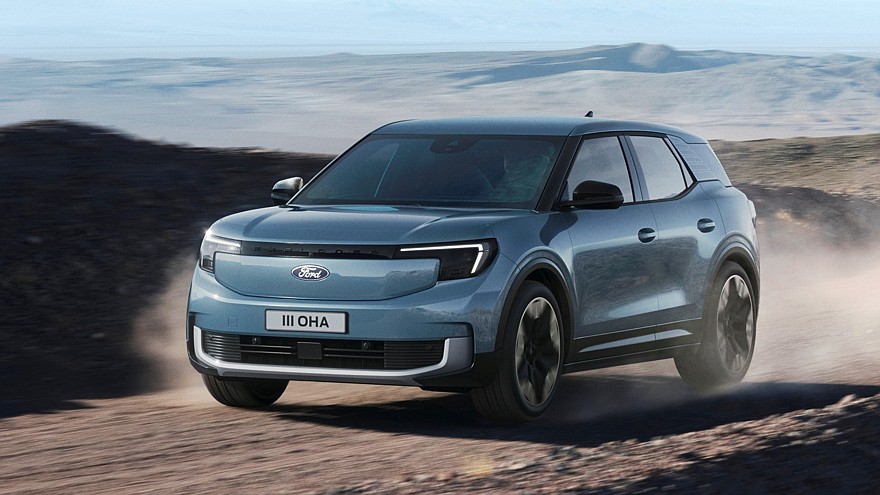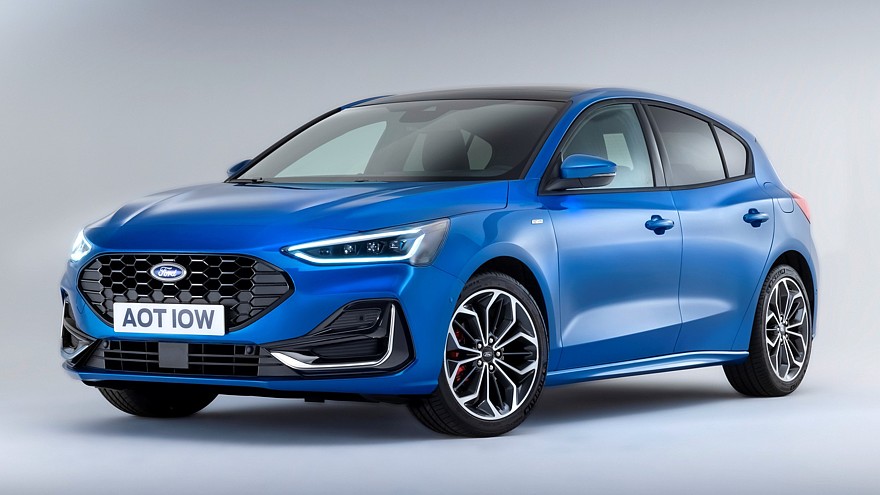
The global slowdown in demand for electric vehicles continues to weigh on the long-term plans of major automakers: Martin Sander, head of passenger cars, Ford of Europe, Ford said Tuesday at the Future of the Car conference organized by the Financial Times in London that Ford is ready to continue selling hydrocarbon models in Europe beyond 2030 if there is enough demand for them. One of the key new products in Ford's European lineup will be an inexpensive crossover that will try to lure customers away from the Dacia Duster.
In 2021, Ford recklessly announced that by 2030 it intends to completely switch to electric vehicles in the passenger segment of the European car market. The global slowdown in demand for electric vehicles that began last year has already caused Ford to be pessimistic about electric vehicle plans in North America, and now a wave of adjustments has reached Europe — a full transition to electric vehicles will most likely not happen in 2030.
The problem, however, is not only the cooling of demand for electric vehicles: at the moment, Ford has not become any significant player in the electric vehicle segment of the European market due to the delayed launch of new models. The electric Euro-Explorer on the Volkswagen MEB platform entered the market very late and is unlikely to become successful due to high prices. Ford's upcoming coupe-like crossover on the MEB platform will also most likely be content with the status of a niche model.
 New European Ford Explorer
New European Ford Explorer
Ford pins much more hopes on the electric version of the urban subcompact crossover Puma, which is expected to premiere this year, and the second completely new small budget crossover — its production will be established at the Spanish Ford plant in Almussafes (a suburb of Valencia). Motor.es magazine reports that the new Spanish-assembled Ford crossover will have a rather brutal design; it will, in fact, become a replacement for the EcoSport crossover that recently left the market, and in price and image it will compete with the Dacia Duster, which is very successful in Europe.
Unlike the purely “hydrocarbon” Duster, the new Ford crossover will be offered with different types of power plants: there will be versions with internal combustion engines and fully electric ones. This promising new Ford product should hit the market in 2025.
Meanwhile, even in light of the expected extension of the life of “hydrocarbon” models in Europe, the American company is not yet going to revive the Fiesta and Mondeo that have left the European market. The intention to complete production of the Focus model in 2025 remains in force, despite the fact that the Focus remains one of the most popular Ford models in Europe. This must be understood in such a way that there is simply nothing to replace the Focus “blue oval” now, but perhaps this name in one form or another will return to the European market in the future.
 Current European Ford Focus
Current European Ford Focus
We would like to add that the final, greatly softened version of the Euro 7 environmental standards will allow automakers to continue saturating the European market with inexpensive “hydrocarbon” models, but from the goal of completely banning new cars with The EU authorities have not yet given up on internal combustion engines in 2035.
The UK is going its own way in this regard; it has introduced quotas for the sales of electric vehicles: in 2024, the share of cars with zero emissions in this country should be 22 % of total sales of new cars, in 2025 this share will increase to 28%, in 2026 — to 33%, in 2027 — to 38%, in 2029 — to 52%. Martin Sander, quoted by Automotive News Europe, said in this regard that Ford, in order to avoid paying fines for non-compliance with quotas, will simply limit sales of internal combustion engine models in the UK.























































Свежие комментарии